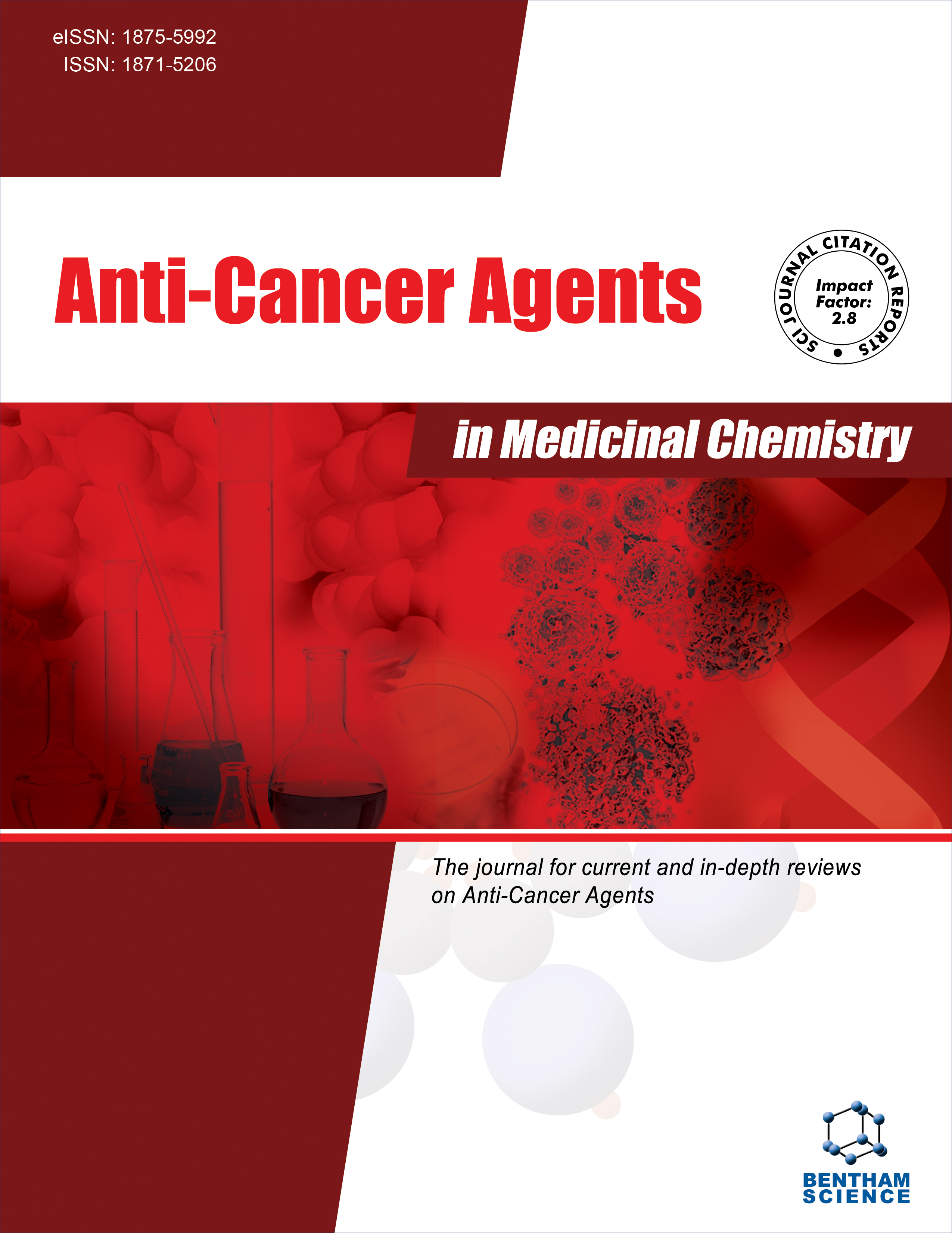
Full text loading...
We use cookies to track usage and preferences.I Understand
Proteases are implicated in every hallmark of cancer and have complicated functions. For cancer cells to survive and thrive, the process of controlling intracellular proteins to keep the balance of the cell proteome is essential. Numerous natural compounds have been used as ligands/ small molecules to target various proteases that are found in the lysosomes, mitochondria, cytoplasm, and extracellular matrix, as possible anticancer therapeutics. Promising protease modulators have been developed for new drug discovery technology through recent breakthroughs in structural and chemical biology. The protein structure, function of significant tumor-related proteases, and their natural compound inhibitors have been briefly included in this study. This review highlights the most current frontiers and future perspectives for novel therapeutic approaches associated with the list of anticancer natural compounds targeting protease and the mode and mechanism of proteinase-mediated molecular pathways in cancer.

Article metrics loading...

Full text loading...
References


Data & Media loading...

